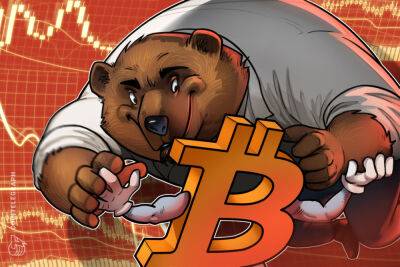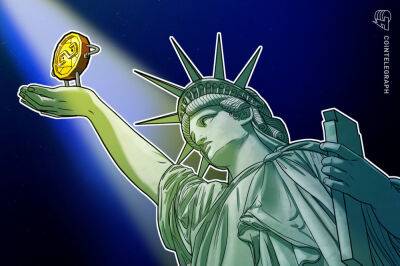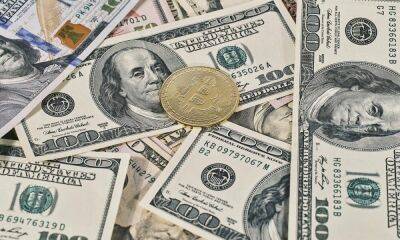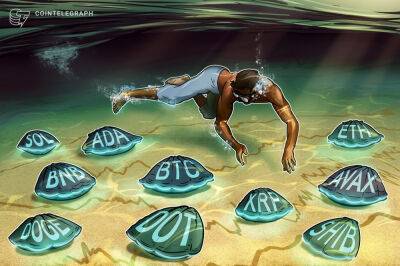Stock futures fall slightly with S&P 500 teetering on edge of a bear market
Stock futures dipped on Thursday evening as investors geared up for the S&P 500 to potentially slide into official bear market territory.
Futures tied to the Dow Jones Industrial Average shed 68 points, or 0.2%. S&P 500 futures lost 0.2% and Nasdaq-100 futures fell 0.3%.
On Wednesday, the S&P 500 and Dow bounced off their intraday lows but still fell 0.1% and 0.3%, respectively. The S&P closed down more than 18% from its all-time high, and will be in an official bear market if that loss deepens to 20%. The Dow has declined for six straight trading sessions.
The Nasdaq squeaked out a gain of less than 0.1% on Wednesday, but the tech-heavy index is already in a bear market, down more than 29% from its all-time high.
The stock market has been slumping for months, starting with high-growth unprofitable tech stocks late last year and spreading to even companies with healthy cash flows stocks in recent weeks. On Thursday, Apple fell into a bear market of its own, becoming the last of the Big Tech names to succumb to the sell-off.
The decline has wiped much of the rapid gains stocks enjoyed off their pandemic lows in March 2020.
«Large deviations from long-term price trends have been used for bubble identification. We find that US equities have been in a bubble based on this metric, and are now exiting it,» Citi strategist Dirk Willer said in a note to clients on Thursday.
One reason that stocks have struggled in recent months is high inflation, and the Federal Reserve's attempts to contain prices by raising rates. Fed Chair Jerome Powell told NPR on Thursday that he couldn't guarantee a «soft landing» that brought down inflation without causing a recession.
Though stocks enjoyed a two-week rally after the Fed's first rate hike
Read more on cnbc.com

 cnbc.com
cnbc.com




![Is EGLD [Elrond] due for a major comeback after retesting structural support](https://finance-news.co/storage/thumbs_400/img/2022/6/8/28887_q5ga.jpg)











